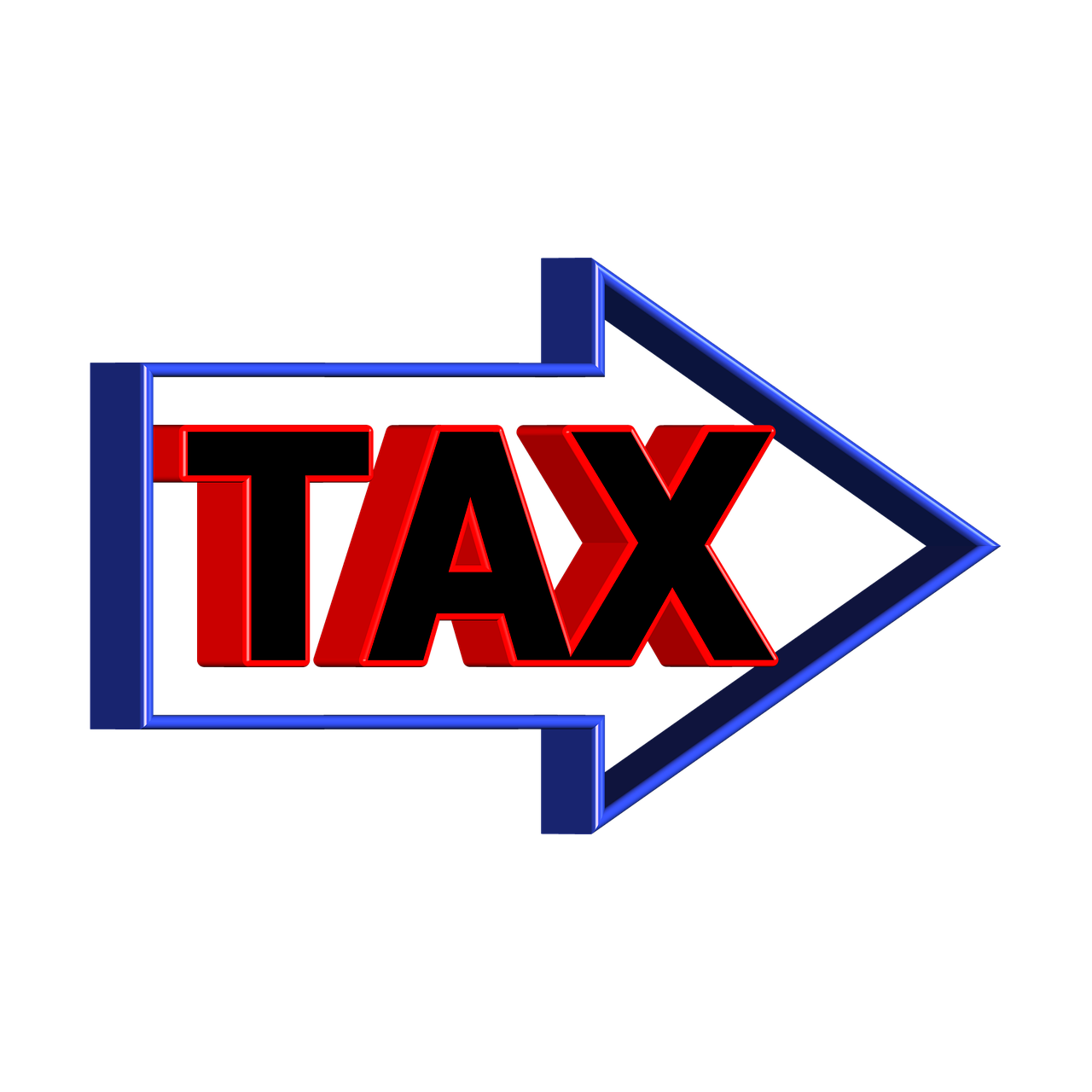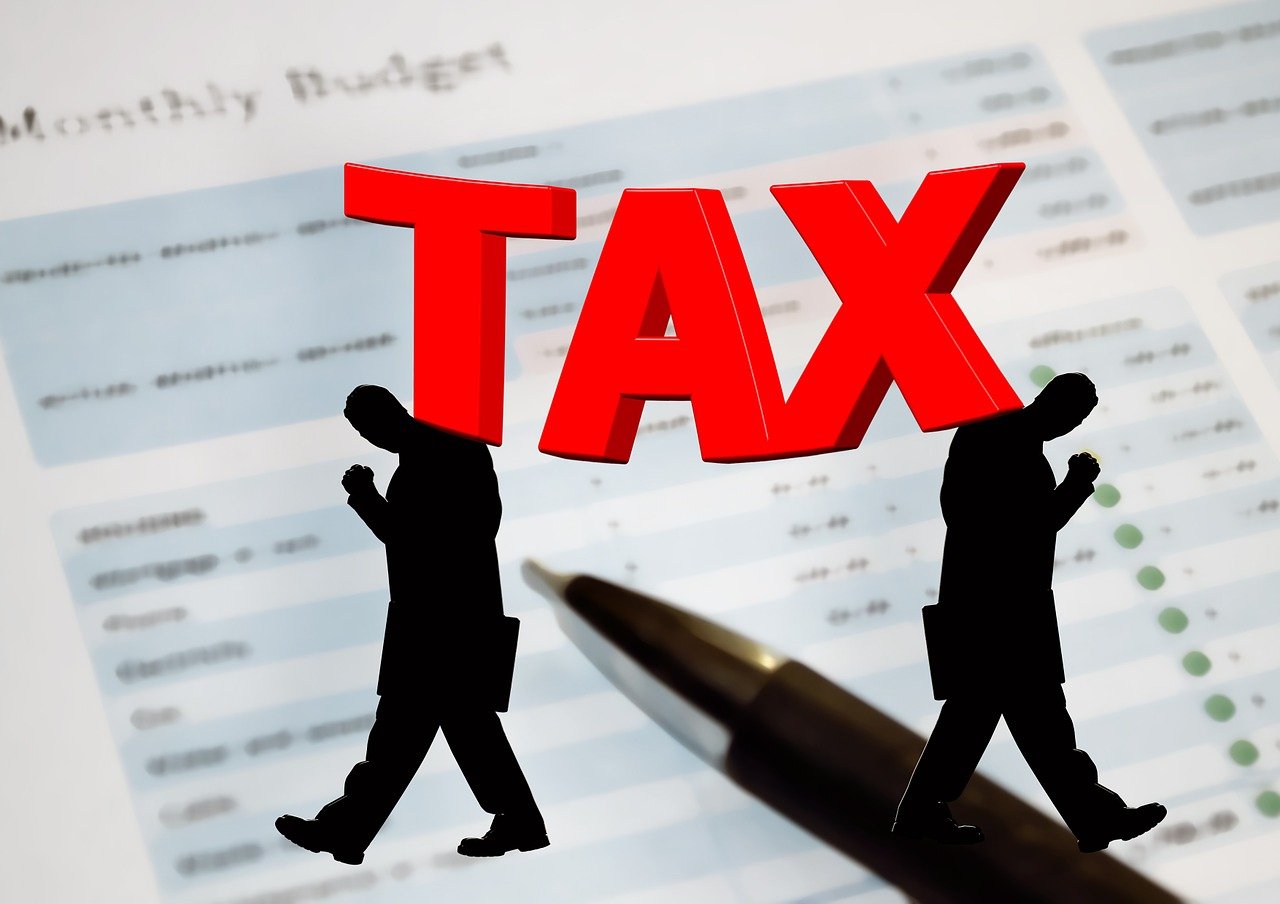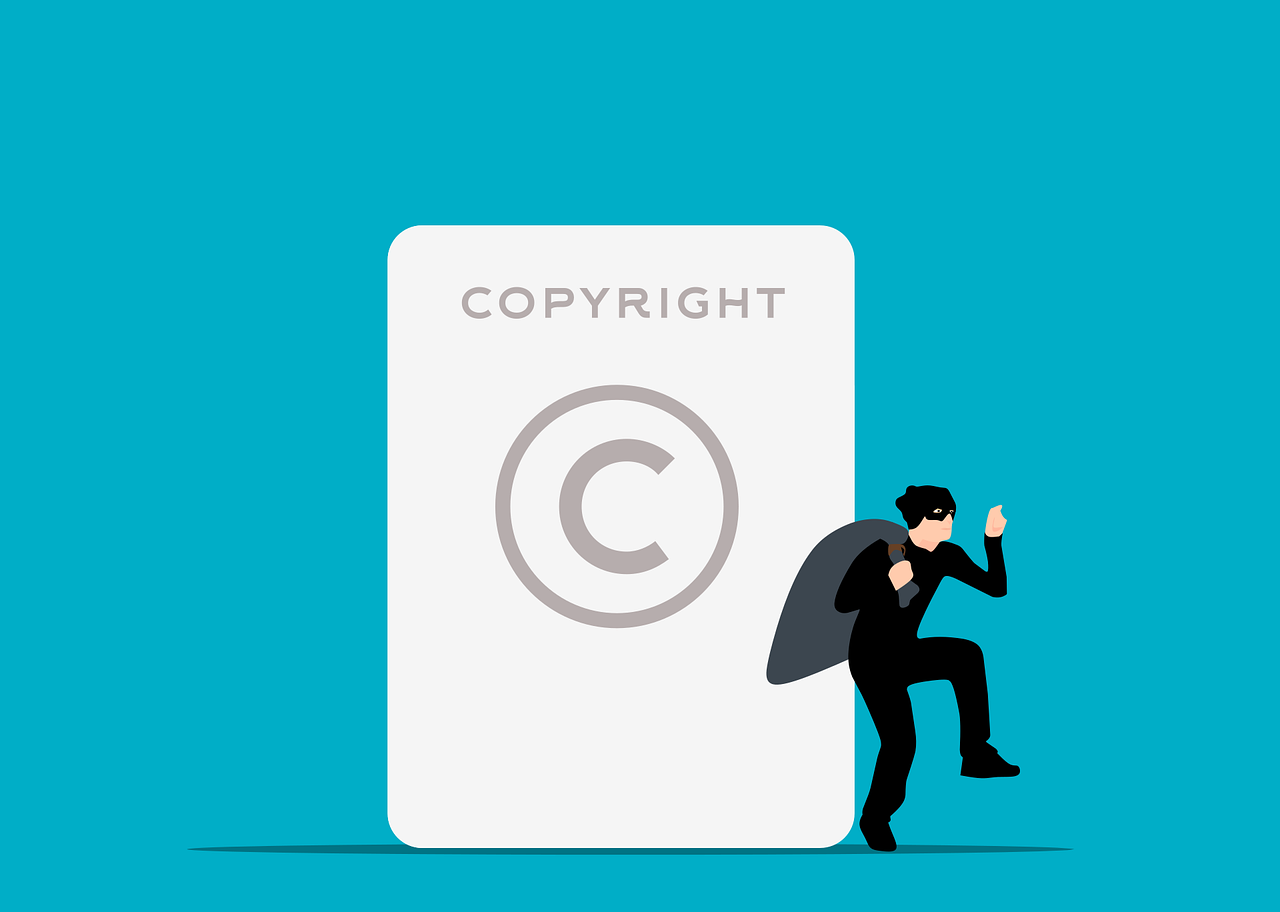In the intricate world of small business management, tax planning stands as a critical pillar for financial health and sustainability. With nearly half of small businesses spending over 40 hours annually navigating federal taxes, the opportunity to streamline this process and optimize savings has never been more vital. The ability to effectively plan taxes not only preserves essential cash flow but also unlocks capital that can be reinvested in expanding operations, upgrading equipment, or hiring skilled personnel. As tax laws continue to evolve, leveraging intelligent strategies and tools—from traditional deductions to leveraging platforms like QuickBooks and Xero—empowers business owners to remain compliant without sacrificing growth. Whether you’re transforming a sole proprietorship into an LLC or unpacking the nuances of Qualified Business Income deductions, knowing the right approaches can spell the difference between overpaying and thriving. This comprehensive guide explores indispensable tax planning tips every small business owner should consider to safeguard their profits and build a resilient enterprise.
Understanding and Managing Tax Brackets for Maximized Savings
One of the foundational pillars of tax planning is a robust understanding of tax brackets and how income levels influence your tax rate. In 2025, tax brackets remain progressive, meaning income is taxed at increasing rates as it falls into higher brackets. For small business owners, tailoring income and expenses to strategically stay within certain brackets can lead to significant tax savings.
For example, deferring income to the following tax year can help you avoid crossing into a higher tax bracket. This is especially useful when anticipating a large payment late in the year. If you run a graphic design firm and expect a bulky client invoice in December but are bordering a bracket threshold, negotiating for payment in January preserves your current tax advantages.
On the other hand, accelerating deductible expenses before the tax year closes can lower taxable income and potentially keep you in a lower tax bracket. Suppose you plan on purchasing new computer equipment or software subscriptions; overrunning these before December 31 can affect your taxable profit.
Business owners must be mindful, however, that timing these moves requires accurate accounting and forecasting. Utilizing accounting software such as QuickBooks, Xero, or FreshBooks can provide real-time insights into your financial standing, enabling precise decisions. Furthermore, these platforms facilitate seamless tracking of income and expense categories, making it simpler to avoid miscalculations that could negate your tax benefits.
Leveraging Retirement Contributions to Reduce Taxable Income
Contributions to retirement accounts like SEP IRAs, 401(k)s, or SIMPLE IRAs are another avenue for managing taxable income effectively while preparing for the future. These not only reduce your current taxable revenue but also foster long-term security.
For example, if a sole proprietor contributing $15,000 to a SEP IRA in 2025, that entire amount can be deducted from taxable income. This lowers their tax bracket and ensures a healthier cash flow for the business. Besides, many tax softwares such as Intuit TurboTax and TaxAct offer optimized interfaces tailored for retirement contribution calculations, easing the tax filing complexity.
Maximizing these deductions requires keeping accurate records and consulting with professionals familiar with small business tax codes, such as the advisers at KPMG Small Business or those referencing the EY Tax Guide. This ensures your investments in retirement accounts truly translate into meaningful tax savings rather than overlooked benefits.
| Strategy | Description | Example | Tax Benefit |
|---|---|---|---|
| Defer Income | Delay receiving earnings to the next tax year | Invoice clients in January instead of December | Stay in lower tax bracket for current year |
| Accelerate Deductions | Prepay expenses before year-end | Buy business supplies before December 31 | Reduce current year’s taxable income |
| Maximize Retirement Contributions | Contribute to tax-deductible retirement accounts | Invest $15,000 in a SEP IRA | Deduct contributions, lower tax bracket |

Optimizing Your Business Structure for Tax Efficiency and Legal Protection
Choosing the right business entity is not just about liability protection; it profoundly affects your tax responsibilities and potential deductions. Many small businesses start as sole proprietorships but soon face challenges due to personal liability and limited tax planning options.
Converting to a Limited Liability Company (LLC) offers a balance of flexibility and protection. An LLC protects your personal assets from business debts while allowing income to pass through to your personal tax return, avoiding double taxation. For instance, many freelancers or consultants leverage LLC status to separate personal and business finances effectively.
When businesses scale, transitioning to an S Corporation or C Corporation structure may unlock additional benefits. An S Corp, for example, provides liability protection plus eligibility for the Qualified Business Income (QBI) deduction, which can reduce taxable income by up to 20%. However, strict limits exist, such as shareholder number and type, and all shareholders must be U.S. citizens or residents.
Businesses seeking substantial investment or planning global expansion might find a C Corporation structure ideal, as it allows unlimited shareholders and different classes of stock. This can attract diverse investors though it triggers double taxation on corporate profits. Still, strategic tax planning can mitigate these effects.
When considering structure changes, it’s wise to consult legal resources discussing legal considerations for startups and tax implications. Tax professionals at firms like Sage Business Cloud or Bench Accounting specialize in guiding small enterprises through these pivotal transitions.
- Review your current business structure for tax efficiency and liability protection
- Consider future growth and investor attraction needs
- Consult tax experts and legal advisors before restructuring
- Understand the tax benefits and restrictions of LLC, S Corp, and C Corp
- Maintain compliance with regulations to avoid penalties
| Business Structure | Taxation | Liability Protection | Best For |
|---|---|---|---|
| Sole Proprietorship | Owner taxed personally | No | Very small, low-risk businesses |
| Limited Liability Company (LLC) | Pass-through taxation | Yes | Small to medium businesses wanting protection |
| S Corporation (S Corp) | Pass-through with QBI deduction | Yes | Businesses meeting shareholder restrictions |
| C Corporation (C Corp) | Double taxation (corporate and dividends) | Yes | High growth businesses seeking capital investment |

Capital Gains, Losses, and Their Impact on Your Tax Planning Strategy
Capital gains and losses are pivotal yet often overlooked elements of tax planning. Understanding how these work enables small business owners to optimize their tax liabilities on asset sales.
Capital gains occur when you sell an asset like equipment, property, or stock for more than its purchase price. If the asset was held for more than a year, gains are taxed at lower rates than ordinary income, known as long-term capital gains, while assets held less than a year face short-term rates, equal to ordinary income rates.
Conversely, capital losses arise when assets sell for less than their purchase price. These losses provide strategic opportunities because they can offset capital gains, lowering overall taxable income.
Consider this scenario: a small bakery sells an old oven, incurring a capital loss of $4,000, but also sells storefront property at a $10,000 gain. The loss offsets part of the gain, reducing taxable profits.
Besides offsetting gains, you can use up to $3,000 of excess capital losses per year to reduce other income types; any remaining losses carry forward indefinitely.
Tax planning with capital gains and losses involves:
- Timing asset sales to optimize tax rate benefits
- Harvesting losses intentionally by selling underperforming assets
- Utilizing losses to offset gains or other income annually
| Capital Gains/Losses Strategy | Tax Implication | Example Outcome |
|---|---|---|
| Sell asset after >1 year | Long-term lower tax rate | Reduced tax on gain from property sale |
| Harvest capital losses | Offset gains and reduce income tax | Sell underperforming stock to reduce taxable gains |
| Carry forward excess losses | Use in future tax years | Reduce taxable income in subsequent years |
Leveraging Home Office and Business Vehicle Deductions in 2025
The rise of remote work and mobile business operations means that deductions for home office usage and business vehicle expenses remain essential for maximizing tax savings.
Home Office Deduction: If you use a dedicated space in your home exclusively for administrative or managerial duties related to your business, you qualify. The IRS offers two calculation methods:
- Simplified method: Deduct $5 per square foot, up to 300 square feet.
- Regular method: Calculate the percentage of your home’s total space used for business and apply that to expenses like rent, utilities, mortgage interest, and insurance.
For example, a consultant with a 150-square-foot office in a 1,500-square-foot home using the regular method and total home expenses of $12,000 can claim a $1,200 deduction (10% of expenses).
Business Vehicle Deduction: Two main approaches exist to deduct vehicle costs related to your business:
- Standard mileage rate: A fixed rate per business mile (about 65.5 cents in 2023).
- Actual expense method: Deduct a proportionate share of expenses including gas, repairs, depreciation, and insurance based on mileage used for business.
Accurate record-keeping is indispensable. Maintain logs detailing dates, mileage, and purpose of business trips. Tools integrated with accounting software like Sage Business Cloud and Bench Accounting can automate these records.
| Deduction Type | Calculation Method | Key Requirements | Example |
|---|---|---|---|
| Home Office | Simplified vs Regular | Exclusive use, principal place of business | 10% of $12,000 home expenses = $1,200 deduction |
| Business Vehicle | Standard mileage or actual expenses | Detailed mileage logs required | 7,000 business miles x 65.5¢ = $4,585 deduction |

Business Mileage Deduction Calculator
Calculate your potential vehicle deduction based on miles driven for business.
Maximizing Tax Credits and Deductions Including QBI and Charitable Contributions
Tax credits and deductions are arguably the most straightforward ways to reduce your tax bill when utilized effectively. Two valuable tax benefits for small businesses include the Qualified Business Income (QBI) deduction and charitable contribution deductions.
The QBI deduction, introduced by the Tax Cuts and Jobs Act, allows many small business owners—including those operating as sole proprietorships, partnerships, LLCs, and S corporations—to deduct up to 20% of qualified business income from their taxable income. However, this deduction undergoes phase-outs based on income levels and varies depending on wages paid and the value of business property.
Here’s a simplified scenario demonstrating the QBI limitation:
- Business owner earns $200,000 QBI.
- Taxable income surpasses the $191,950 threshold for single filers.
- Wages paid amount to $60,000; business property valued at $100,000.
- Deduction limited to the lesser of 20% QBI or 50% of wages: $30,000.
Beyond QBI, charitable contributions made to IRS-qualified organizations provide deductions from taxable income. Keep thorough documentation, including receipts and acknowledgment letters for donations exceeding $250, to substantiate your claims.
Additionally, investing strategically in employee benefits like health insurance and retirement plans offers not only tax deductions, but enhances employee retention and recruitment efforts, building business resilience.
Consulting services from specialists such as H&R Block and EY Tax Guide frequently highlight the importance of these deductions when advising small business clients.
- Utilize the QBI deduction to lower taxable income (up to 20%).
- Document and claim all charitable donations carefully.
- Deduct employee benefits expenses for tax advantages.
- Monitor income thresholds impacting deduction eligibility.
- Engage tax professionals for tailored credit and deduction strategies.
| Credit/Deduction | Description | Requirements | Potential Benefit |
|---|---|---|---|
| Qualified Business Income (QBI) | Deduct up to 20% of qualified business income | Pass-through entities; income limits apply | Significant reduction in taxable income |
| Charitable Contributions | Deduct cash or property donations | Donation to IRS-qualified charity; proper documentation | Lower taxable income based on value donated |
| Employee Benefits | Deduct health insurance, retirement plans | Must be bona fide business expense | Reduce tax bill, improve employee morale |
FAQ: Essential Answers for Small Business Tax Planning
- How early should I start tax planning?
Ideally, begin at the start of your fiscal year to monitor finances and make strategic decisions throughout. - What tools can simplify the tax planning process?
Accounting platforms like QuickBooks, Xero, and Sage Business Cloud, along with tax software such as Intuit TurboTax and TaxAct, provide comprehensive tools. - Can changing my business structure lower my taxes?
Yes, restructuring to an LLC or S Corp can offer tax benefits and liability protection, but consult a tax expert for tailored advice. - How to maximize deductions without risking IRS audits?
Keep meticulous records, only claim legitimate expenses, and stay informed on current tax laws and guidelines. - Is it beneficial to hire a tax professional?
Absolutely. Professionals from providers like H&R Block and KPMG Small Business ensure compliance and uncover optimal savings strategies.


